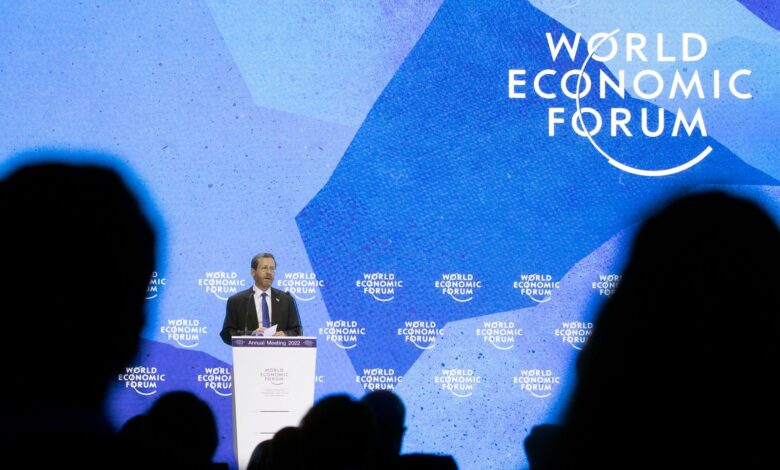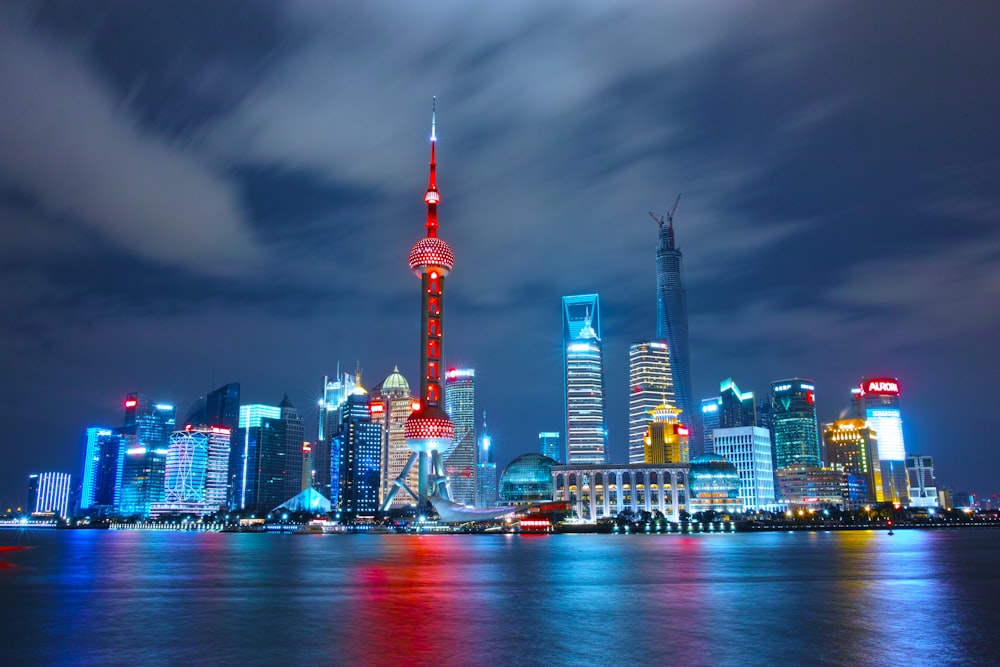Davos: Too Early For India To Replace China, But Things Could Change, Says Raghuram Rajan; It’s Not Just China, But Asean Countries Too Are Stiff Competition For India
At a press briefing held at World Economic Forum in Davos on the recently released Chief Economists Outlook, which saw the majority expecting a global recession in 2023, Rajan pointed out that any recovery in the Chinese economy would definitely boost the global growth prospects.

Talking at the World Economic Forum held in Davos, former Reserve Bank Of India Governor Raghuram Rajan said it is too premature to think that India will replace China when it comes to influencing global economic growth.
However, he acceded that the situation may change going forward since India has already accomplished a significant feat by becoming the world’s fifth-largest economy. It is growing and has the potential to keep expanding, he added.
According to him, policymakers at this point are looking at the labour and housing markets. Housing sales are not taking place in the U.S., and the prices are not falling.
China Markets Moving Ahead
Rajan further explains that if the war in Ukraine were to end, there would definitely be an upside adding that in the case of China, there is a whole year to go. While battling Covid -19, the country is still taking significant actions towards economic recovery.
Some of that is in domestic services, which may not have any impact outside. But any improvement in manufacturing may have some impact by way of softening prices outside,” he said.
When asked about India, Rajan said, “the argument that India will replace China is very premature as India is much smaller economy as of now.”
Understanding The Economic Landscape
Global expansion is purely based on understanding the economic landscape of different countries.
Many businesses go global, intending to access greater talent pools, reach new markets, and diversify their teams for better business continuity.
As per the most recent data available from the World Bank, the following are the world’s largest economies.
- United States: $24.10 trillion
- China: $19.80 trillion
- Japan: $ 4.80 trillion
- Germany: $ 4.10 trillion
- India: $ 3.50 trillion
- U.K.: $ 3.30 trillion
- France: $ 2.80 trillion
- Italy: $ 2.00 trillion
- Canada: $ 2.00 trillion
- Brazil: $ 1.80 trillion
- South Korea: $ 1.63 trillion
- Russia: $ 1.48 trillion
- Australia: $ 1.32 trillion
- Spain: $ 1.28 trillion
- Indonesia: $ 1.05 trillion
China And India’s Biggest Emerging Competition
As per the latest data available, it seems there is a new trend that is emerging, especially concerning E.U. investors.
The Chinese markets are no longer the go-to investment destination in 2023, and this is a consensus that is seen reverberating among European investors.
And the destination that is emerging strong is not India, mind you; it is the Southeast Asian countries that are attracting E.U. Investors in large numbers.
The ten countries – Brunei, Cambodia, Indonesia, Lao, Malaysia, Myanmar, Philippines, Singapore, Thailand & Vietnam or ASEAN have drawn almost 26.5 million of the E.U. member states investments in 2021 alone. They are nearly 14% of the overall investment in the region.
Of these, Indonesia, Malaysia, Phillippines, Thailand and Vietnam have emerged as strongholds where many companies are now investing heavily.
Hence, it is easy to understand that China is no longer drawing attention as it used to; one of the reasons for the same could be increasing tension with the west and its human rights violations that the E.U. strongly objected to.
When it comes to China, the majority of investors are large corporations and European companies, which are concentrated in a few large groups.
In China, the top ten European investors in each of the past four years make up nearly 80 % of total European direct investments in the country.
Germany, the Netherlands, the United Kingdom and France together over the last four years accounted for an average of almost 87% of the total.
Germany is the top investor by far, making up an average of 43% of the total E.U. investment through three major auto giants – Volkswagen, BMW and Mercedez Benz. The chemical group BASF accounted for 34% of the European investment in China from 2018 – 2021.
The top ten European companies investing the most in China accounted for 71% of the total in 2021, while European companies making acquisitions in China performed the worst in four years.
But China’s loss is South East Asia’s gain is now gradually emerging as an integral part of not only Asian but also global operations for several companies.
Another reason why ASEAN is the choice is that 40% of the local GDP and 60% of the world population are from this area, and the leading global investors and the E.U. are now recognizing the importance of this region.

The southeast Asian region is emerging as a critical region, and many are making a beeline to develop sustainable and trusted connections with ASEAN countries.
The Southeast Asian countries are becoming increasingly lucrative and attractive to E.U. investors, with the Danish Toy brand investing 1 billion euros towards the construction of a toy factory in Vietnam last November.
Meanwhile, another Dutch firm plans to build Asia’s most advanced waste and energy plant in Sebo in the Philippines.
The country that has gained the most from China’s decoupling from the West is Vietnam which has earned much of the investments from foreign investors in the Auto and mobile phones sectors.
According to the World trace centre, the E.U. investments in Vietnam totalled 22 billion dollars, and their investments increased by 483 million dollars over the first nine months despite the pandemic.
Conclusion: We can see from all the details and facts presented above that India still has a long way to go.
In comparison to China, China’s GDP is $19.80 trillion, while India’s is much lower at $3.50 trillion; this is a significant gap to cover.
Even as the world is now eyeing the ASEAN countries, the competition is just beginning!





